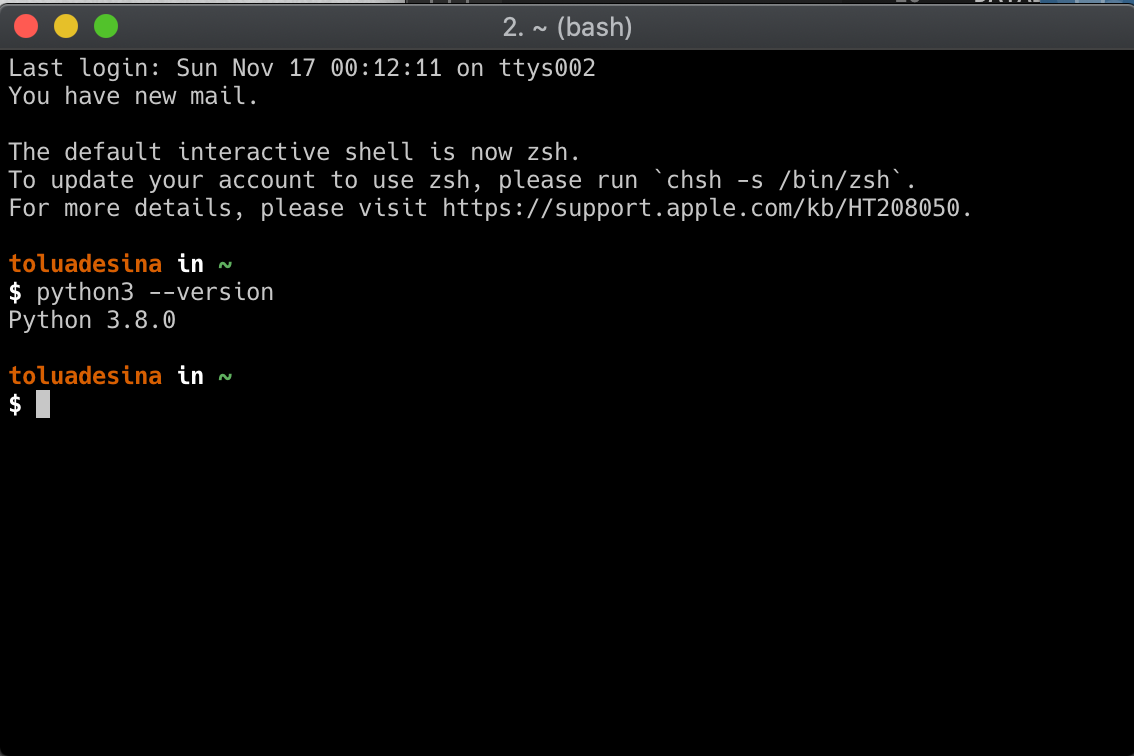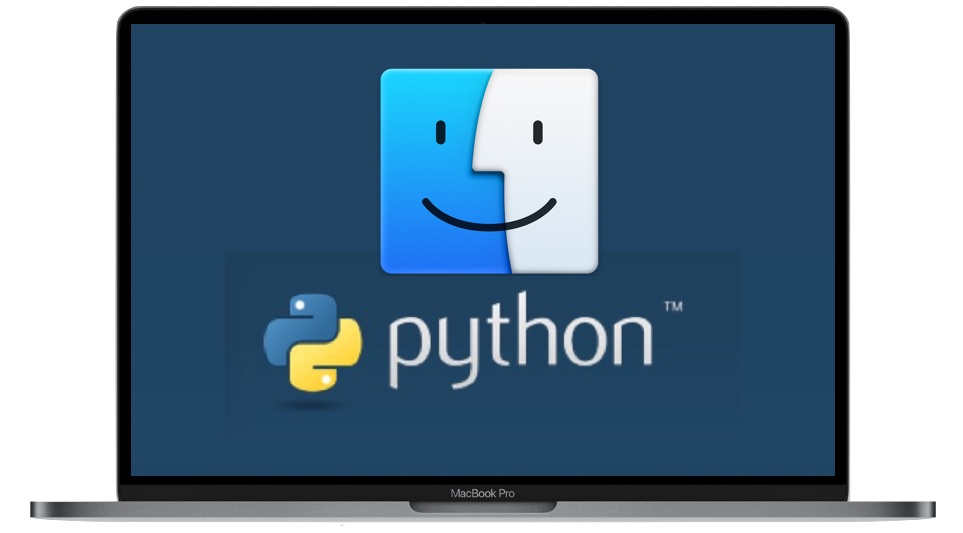

- INSTALL PIP FOR PYTHON3 ON MAC INSTALL
- INSTALL PIP FOR PYTHON3 ON MAC FULL
- INSTALL PIP FOR PYTHON3 ON MAC TRIAL
- INSTALL PIP FOR PYTHON3 ON MAC LICENSE
Note: you need a valid SDK license as well. put ( results, False, 10 ) except : pass barcodeScanning = Process ( target = process_barcode_frame, args = ( license, frameQueue, resultQueue )) barcodeScanning. Homebrew installs a new version of python (by default the latest 2.x version available) and set.

INSTALL PIP FOR PYTHON3 ON MAC INSTALL
IPF_RGB_888 ) except BarcodeReaderError as error : print ( error ) try : resultQueue. The easiest way to safely install python on a MAC is homebrew. tobytes (), frameWidth, frameHeight, frame. For more detailed instructions, consult our Python. get ( False, 10 ) if type ( frame ) is str : break except : continue try : frameHeight, frameWidth, channel = frame. NumPy can be installed with conda, with pip, with a package manager on macOS and Linux, or from source. update_runtime_settings ( settings ) while True : results = None try : frame = frameQueue. init_license ( license ) settings = reader.
INSTALL PIP FOR PYTHON3 ON MAC TRIAL
Reader = BarcodeReader () # Apply for a trial license: This is different from the python command which will load up Python 2.7.From dbr import * from multiprocessing import Process, Queue def process_barcode_frame ( license, frameQueue, resultQueue ): # Create Dynamsoft Barcode Reader You can install pip after installing pip3 on mac by using pip3 install. To run Python 3 from the Terminal, you’ll use the command python3. If you had python 2.x and then installed python3, your pip will be pointing to. There are a couple ways that you can run Python 3 scripts on your Mac.ġ. Inside that folder you’ll find a GUI interface for launching Python applications, as well as IDLE, an IDE for developing Python applications. If you open the Applications folder, you’ll find a new Python 3.x folder.Ĥ. Double-click on the downloaded file to run the Python 3 installer.ģ. Download the most recent package from the Python website.Ģ. You can even run it alongside a concurrent Python 2.7 installation without affecting the version 2.7 installation.ġ. Upgrading to Python 3 on your MacĮven if it isn’t the de facto standard, you can run Python 3 on your computer today. Utilities like 2to3 make it easier to transform a Python 2 program into valid Python 3 syntax, but if you’ve ever used Google Translate, you know this won’t be perfect. The developers have set 2020 as the final year for Python 2 support, and everyone will need to transition their programs over to Python 3 by then. However, Python 2 isn’t going to be around forever. Plus, Python 2.7.10 is pre-installed on all Macs and a number of Linux distros.
INSTALL PIP FOR PYTHON3 ON MAC FULL
Python 2 is a strong language, and only power users will get to experience the full benefit of Python 3’s new features. Even fundamental functions like print work differently between Python 2 and 3, making it non-trivial to move from one platform to another.īut why hasn’t the whole world switched over to Python 3? The main problem is that there’s a lack of compelling motivation. That means that programs written for a Python 2 interpreter won’t run on a Python 3 interpreter. In Windows, Python 3 installation can fail installing the wrapt. However, alongside those new features, Python 3 also has a problem: it’s not backwards compatible with Python 2. In OSX, especially the latest versions that may have System Integrity Protection, pip. They wouldn’t be totally wrong since Python 3 includes some cool new features that Python 2 does not have. 2to3 or not 2to3?Ī naive user might think that Python 3 is better because it’s newer. If this seems like a large gap between versions, that’s because it is. But the newer version isn’t necessarily better: Python 3 isn’t backwards compatible with Python 2, and most developers are still using Python 2. yum install gcc-c++ pkgconfig poppler-cpp-devel python3-devel macOS brew install pkg-config poppler python Windows Currently tested only when using. New Macs still ship with Python 2.7.10, even though the most recent stable release is Python 3.5. For most user apps, you’d be right, but for underlying frameworks it’s a different story.

You might think that your brand-new Mac has the newest version of all the relevant software.


 0 kommentar(er)
0 kommentar(er)
